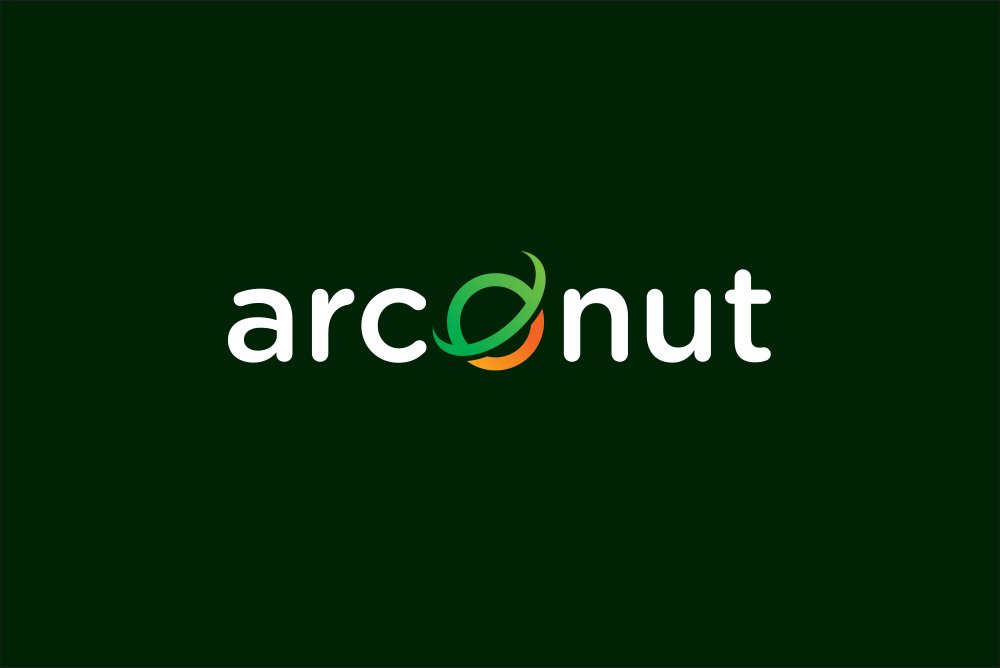The construction industry is a significant contributor to global carbon emissions. However, a revolution is brewing, fueled by innovative and sustainable materials. One such game-changer is the humble coconut, offering a surprisingly powerful solution to reduce our carbon footprint and build a greener future. This article explores the remarkable potential of coconut-based construction materials in creating eco-friendly, durable, and aesthetically pleasing homes.
The Eco-Friendly Future of Building
The world is waking up to the urgent need for sustainable practices across all industries, and construction is no exception. Traditional building materials like cement and steel are incredibly energy-intensive to produce, releasing vast amounts of greenhouse gases into the atmosphere. This contributes significantly to climate change, impacting our planet’s delicate ecosystems and future generations. The demand for environmentally conscious building solutions is soaring, pushing innovation towards greener alternatives that minimize environmental impact while maintaining structural integrity and aesthetic appeal. We need a shift towards materials that sequester carbon, rather than releasing it, and that minimize waste throughout their lifecycle.
The search for sustainable alternatives is leading to exciting discoveries in bio-based materials, utilizing natural resources efficiently. These materials often boast lower embodied energy – the total energy consumed during a material’s production, transportation, and installation. This translates to a smaller carbon footprint compared to conventional options. Furthermore, many bio-based materials are biodegradable or easily recyclable at the end of their lifespan, reducing landfill waste and promoting a circular economy. This holistic approach to construction ensures a more responsible and sustainable built environment.
Beyond the environmental benefits, embracing sustainable building practices often translates to cost savings in the long run. Energy-efficient designs using sustainable materials can significantly reduce utility bills, making them a financially sound investment. Moreover, the increasing consumer demand for eco-friendly homes is driving a market shift, creating opportunities for businesses that prioritize sustainability. The future of building is undeniably green, and the transition is already underway.
The adoption of sustainable construction methods is not merely an environmental imperative; it’s a crucial step towards creating healthier and more resilient communities. Reduced reliance on energy-intensive materials improves air quality, minimizing respiratory issues and promoting public health. Furthermore, the use of renewable resources strengthens local economies and supports sustainable livelihoods within communities. Building green is not just about environmental responsibility; it’s about building a better future for everyone.
Coconut’s Amazing Carbon-Saving Power
The coconut palm, often associated with tropical beaches and refreshing drinks, is far more than just a symbol of paradise. Its remarkable versatility extends to the construction industry, where various parts of the coconut tree offer a wealth of sustainable building materials. From the strong, fibrous husk to the durable shell and even the leaves, almost every component can be utilized, minimizing waste and maximizing resource efficiency. This inherent sustainability sets coconut-based materials apart.
The remarkable carbon-sequestering capabilities of coconut trees further enhance their environmental credentials. As they grow, they absorb significant amounts of atmospheric carbon dioxide, effectively locking it away in their biomass. Unlike many industrial processes that release carbon, the use of coconut-based materials essentially stores this captured carbon, helping mitigate climate change. This carbon sequestration continues even after the tree is harvested, as the materials remain carbon-rich throughout their lifespan.
Coconut-based materials often require less energy to process than traditional alternatives, further reducing their carbon footprint. The relatively simple processing methods involved minimize energy consumption and waste generation, contributing to a more sustainable production cycle. This contrasts sharply with the energy-intensive processes involved in producing cement and steel, which contribute significantly to greenhouse gas emissions.
The versatility of coconut-based materials is another key advantage. They can be used in various applications, from creating strong and durable building blocks and panels to producing roofing materials and insulation. This adaptability makes them suitable for a wide range of construction projects, from small-scale residential buildings to larger-scale infrastructure developments. Coconut’s potential to revolutionize the construction industry is vast and largely untapped.
Sustainable Homes, Naturally Strong
Imagine homes built from materials that are not only environmentally friendly but also incredibly strong and resilient. Coconut-based construction materials offer precisely this combination. The fibers extracted from coconut husks, for instance, possess exceptional tensile strength, making them ideal for reinforcing concrete or creating durable composite materials. These materials can withstand significant stress and strain, ensuring the structural integrity of buildings.
The natural properties of coconut materials also contribute to their durability. They are resistant to pests and moisture, reducing the need for chemical treatments that can be harmful to the environment and human health. This inherent resistance translates to longer-lasting structures, minimizing the need for frequent repairs and replacements, further reducing the overall environmental impact.
Beyond structural strength, coconut-based materials offer excellent thermal insulation properties. This helps regulate indoor temperatures, reducing the need for extensive heating and cooling systems, and subsequently lowering energy consumption. The natural insulation provided by coconut materials contributes to energy efficiency, leading to lower utility bills and a smaller carbon footprint for building occupants.
The aesthetic appeal of coconut-based materials adds another dimension to their desirability. They offer a unique natural texture and warm tones that can be incorporated into diverse architectural styles. This natural beauty allows for the creation of aesthetically pleasing and sustainable homes, blending seamlessly with the surrounding environment. The use of coconut materials allows for unique design possibilities, creating visually stunning and environmentally responsible structures.
Build Green, Build with Coconut
The shift towards sustainable building practices is not just a trend; it’s a necessity. Choosing coconut-based construction materials is a powerful step towards a greener future. By utilizing readily available and sustainable resources, we can significantly reduce our carbon footprint and create more environmentally responsible buildings. This conscious choice benefits the planet and future generations.
The economic advantages of using coconut-based materials are also compelling. In many regions, coconuts are abundantly available, leading to lower material costs compared to traditional options. This accessibility makes sustainable building more affordable, promoting wider adoption and creating opportunities for local economies. The use of locally sourced materials also reduces transportation costs and emissions.
Advocating for and supporting businesses that utilize coconut-based materials is crucial for driving wider adoption. By choosing to build with these eco-friendly materials, consumers are actively participating in the transition towards a more sustainable construction industry. This collective effort is essential for creating a significant impact on global carbon emissions.
The future of building is inextricably linked to sustainability. By embracing innovative materials like those derived from coconuts, we can build a greener, healthier, and more resilient future for all. The time to act is now. Let’s build a better world, one coconut building block at a time.
The potential of coconut-based construction materials is undeniable. Their environmental benefits, combined with their strength, durability, and aesthetic appeal, make them a compelling alternative to traditional building materials. By embracing this innovative approach, we can significantly reduce our carbon footprint and build a more sustainable future for generations to come. The time to build green, build with coconut, is now.


